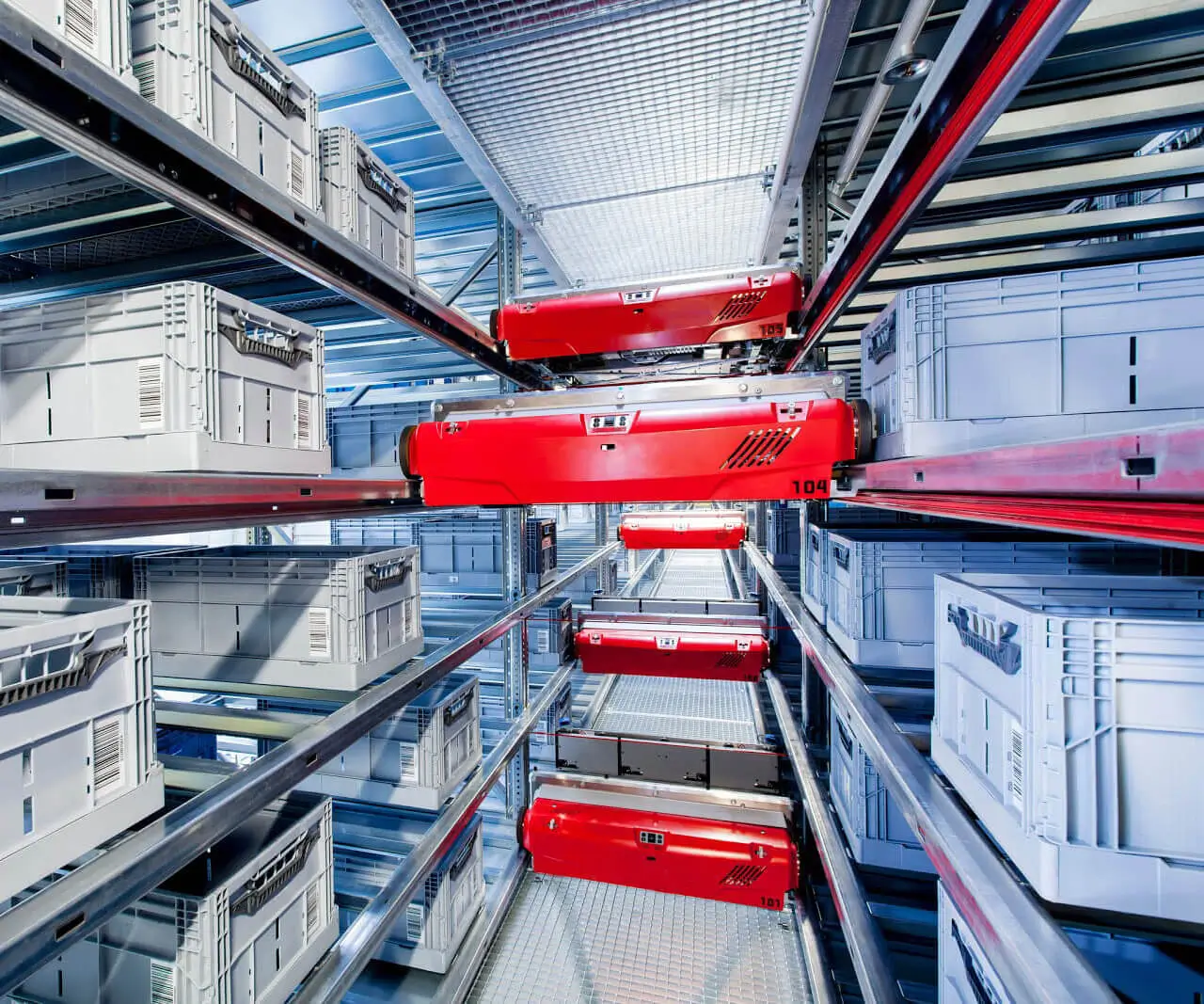Imagine a sewing experience where your machine hums serenely in the background, your stitches flow effortlessly, and your workflow becomes smoother than ever. This isn’t just a dream—it's the promise of modern sewing machines equipped with a cutting-edge component known as the sewing machine servo motor. Over recent years, this little marvel has quietly revolutionized what sewing can be, bringing a new level of control, efficiency, and quietude that hobbyists and professionals alike are falling in love with.

To understand the significance of the servo motor, it’s helpful to first picture the traditional sewing machine motor. Classic models typically rely on universal motors—powerful, but often noisy, with a constant humming that can be distracting or even disruptive, especially if you're working late into the night or in a shared space. These motors usually operate at a fixed speed, requiring manual adjustments or external controls to change stitch length and speed.
Enter the sewing machine servo motor—a game-changer. Unlike traditional motors, servo motors are designed for precise control, offering adjustable speed, torque, and direction with remarkable finesse. They work by converting electrical energy into rotational motion, but at a much finer level of control. For sewers, this means being able to dial in exactly the right pace, whether you’re sewing delicate lace or thick denim.
One of the most attractive features of the servo motor, especially for home sewists and those working on intricate projects, is its quiet operation. Imagine being in a cozy sewing corner, where the only sound is the gentle stitching, not the loud whirring of a motor. This quietness not only makes sewing more peaceful but also allows for better focus, especially when you’re piecing together complex patterns or practicing your craft late into the evening.
But what makes the servo motor truly a standout in the sewing world are its intuitive controls. Many models come with foot pedal controls that respond smoothly to pressure, giving you the ability to start, stop, and control your stitch speed seamlessly—all without the abrupt jerks or inconsistent stitches sometimes encountered with older motors. This responsiveness creates a more natural sewing rhythm, turning your machine from a simple tool into an extension of your creative flow.
Another advantage is energy efficiency. Traditional motors often run at full power regardless of whether you’re sewing a thin chiffon or a thick canvas. This not only wastes electricity but can also impact your machine’s longevity. Servo motors adapt their power to match what’s needed, conserving energy and reducing heat build-up. Over time, this can translate into less wear-and-tear on your sewing machine, extending its lifespan and maintaining performance.
Some aficionados even upgrade their existing sewing machines with aftermarket servo motor kits. This DIY approach is surprisingly straightforward for those who enjoy tinkering, and it often results in a noticeably superior sewing experience without the cost of investing in a new machine altogether. Whether you’re sewing for fun or a professional enterprise, these upgrades often pay for themselves in comfort and efficiency.
Within the realm of sewing, the servo motor also facilitates advanced features like speed programming and automation. For instance, some models allow you to set specific stitch lengths or patterns, which then can be repeated automatically. This level of precision is particularly beneficial when working on large projects, quilting, or creating uniforms where consistency is key. It also makes complex embroidery work more approachable for those who prefer digital customization.
Beyond the practical benefits, many sewists find working with a servo motor simply more pleasurable. The smooth start-and-stop motion feels more natural, and the reduced noise creates a calmer sewing environment. This emotional aspect—transforming sewing from a noisy chore into a meditative craft—can make a big difference in how much you enjoy your hobby and how motivated you feel to create.
In summary, the sewing machine servo motor is not just an upgrade; it’s a new way to experience sewing. With its quiet efficiency, fine control, and energy-saving features, it opens up possibilities that traditional motors simply can’t match. Whether you’re a seasoned professional or a weekend hobbyist, embracing this technology can truly elevate your sewing journey, making it more enjoyable, sustainable, and inspiring.
Kpower has delivered professional drive system solutions to over 500 enterprise clients globally with products covering various fields such as Smart Home Systems, Automatic Electronics, Robotics, Precision Agriculture, Drones, and Industrial Automation.




































